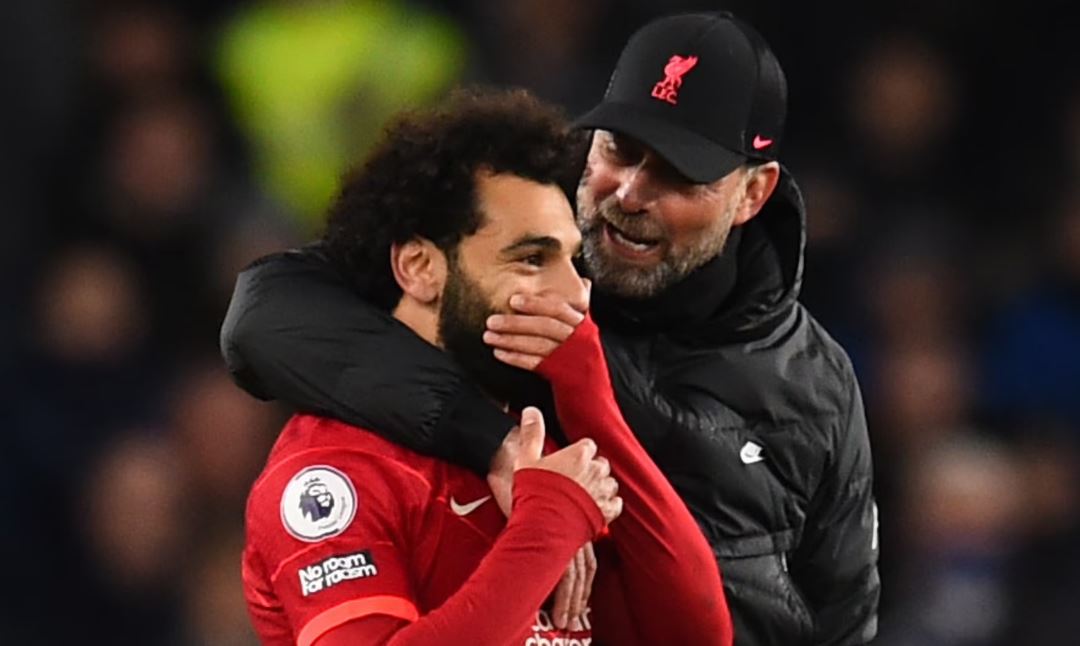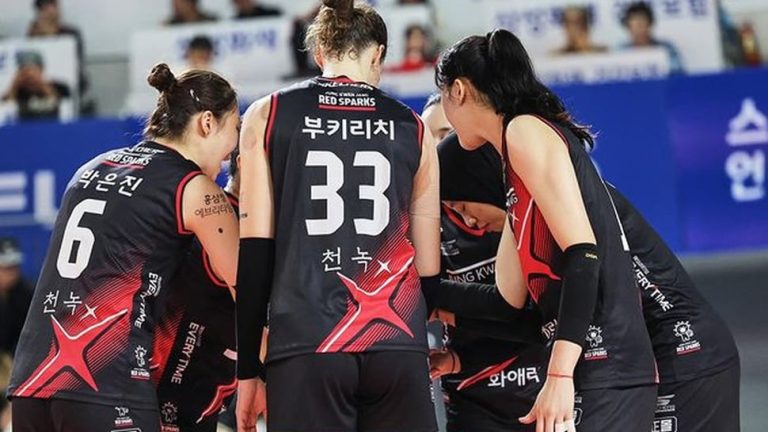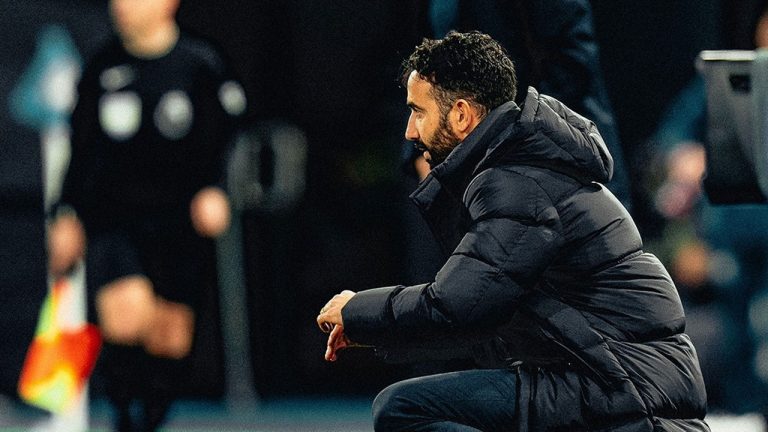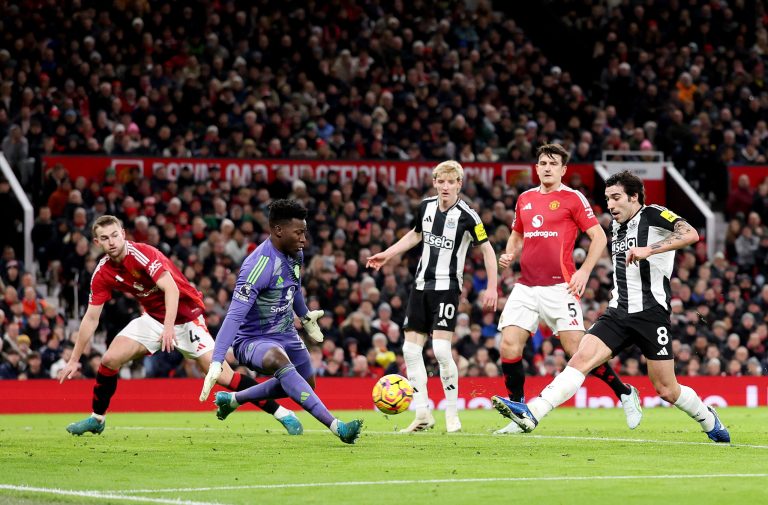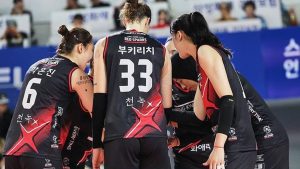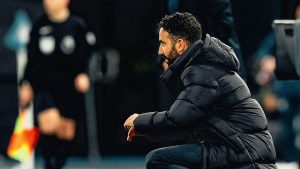In the world of professional football, a player’s good performance can earn him individual awards, popularity and contract extensions at his club. For the latter, a contract extension is usually followed by an increase in salary plus bonuses. There is a process that goes smoothly, there is also a tug-of-war, even deadlocked because no agreement has been reached.
One of the star players, who has recently come under the spotlight due to his good form on the pitch and the tug-of-war over his contract extension, is Mohamed Salah.
This season, Salah is indeed fierce, because he has scored more than 20 goals for Liverpool, when the competition is only halfway through. With his contract expiring in 2023, a contract extension is a logical step.
The problem is, negotiations for the extension of the Egyptian national team star’s contract have experienced a tug of war, because the salary requested by the player is considered too large, which is in the range of 400,000 pounds per week, or equivalent to Kevin De Bruyne’s salary at Manchester City. The second most expensive after Cristiano Ronaldo at Manchester United (500 thousand pounds per week).
This figure is double the salary of Salah’s contract now (200 thousand pounds a week), and of course beyond the reach of Liverpool who do apply strict limits and structures regarding wages. If you don’t agree, leaving is an option. In the summer of 2015, the Reds were in a situation like this, when Raheem Sterling asked for a significant salary increase. The England international was eventually sold to Manchester City for a total fee of £49 million, as his wage demands were beyond the club’s reach.
A similar case also happened to Giorginio Wijnaldum, who was finally released on a free to PSG in the summer of 2021, soon after his contract expired. For information, the club’s highest salary figure is currently held by Virgil Van Dijk (220,000 pounds per week, with a contract period until 2025). The rest, key players such as Jordan Henderson, and Trent Alexander-Arnold receive salaries per week in the range of 150-180 thousand pounds.
Unlike Salah, without much news, Van Dijk et al got a contract extension with a duration of 4 years in the summer of 2021. Apart from them, there are also Fabinho and Andy Robertson (contract extended by 5 years) and Alisson Becker (contract extended to 6 years) whose contracts were extended with a salary range of approximately the same.
Perhaps, FSG’s move as the club owner regarding Salah this time looks “stingy”. However, as an institution engaged in sports management, they actually show a sane way of thinking. Although Salah is entitled to a salary increase on his new contract, it does not mean the club can comfortably break through the current salary structure, because it could cause serious financial problems in the future. This is increasingly vulnerable, especially during a pandemic like now.
The most obvious example we can see from what has happened in Barcelona lately. Before the pandemic, the Catalans were a club that dared to give big salaries, without a strict salary structure. After the pandemic came, this big salary actually became a big problem, because it made the club’s financial condition battered.
As a result, there was a massive salary cut at the eternal rival club Real Madrid. Not quite there, they also have to be willing to part with Lionel Messi, because they can’t afford to pay his salary, even though the star is willing to only get half of the usual figure. In the winter transfer market, the financial crisis at the Nou Camp also made them unable to register Ferran Torres, who was brought in from Manchester City.
They were only able to register Torres, after extending Samuel Umtiti’s contract (with a substantial salary cut), loaning Phillippe Coutinho to Aston Villa, and returning Yusuf Demir (a loan player from Austria) to his home club. Since Liverpool are not Manchester City, Chelsea or PSG, whose money “does not have a serial number”, they obviously have to be firm about the salary structure. Otherwise, they could collapse like Barcelona.
Don’t forget, with the current salary structure alone, the Kop’s management has a salary budget of £139 million per year, one of the highest in the Premier League. This amount could increase by around 10.4 million pounds, if Salah’s salary increase request is followed. This expense does not include the construction of a new training center project of £50 million (completed last year) plus the additional capacity of the Anfield Road End stands which cost £60 million (completed next year).
Previously, FSG spent 110 million pounds, to expand the capacity of the Main Stand in 2017. From this, it can be seen that FSG, which has recently been “stingy” in buying new players, is indeed focusing on managing the team’s internal solidity, and building (or updating) the existing infrastructure.
They are more long term oriented, so that the club’s internal and financial conditions can remain healthy in the long term, with a patent foundation. If the financial condition is healthy, the club can remain competitive. This is the reason why club management is still reluctant to comply with Salah’s wishes, which makes the situation of this left-handed player go awry. This situation is also potentially experienced by Sadio Mane and Roberto Firmino whose contracts will also expire in 2023.
Indeed, PSG will probably make a less popular decision, if it finally has to let the Firmino-Mane-Salah trio go, either sold or released for free, as in the case of Sterling and Wijnaldum in the past. However, their views are clear and firm: no player is bigger than the club, and don’t let the actions of one or two people ruin the team as a whole.
Perhaps, we will see a new face in Juergen Klopp’s trident scheme in the near future, if Salah’s contract negotiations remain deadlocked. It’s interesting to wait, how this tug-of-war drama ends.
ASL

